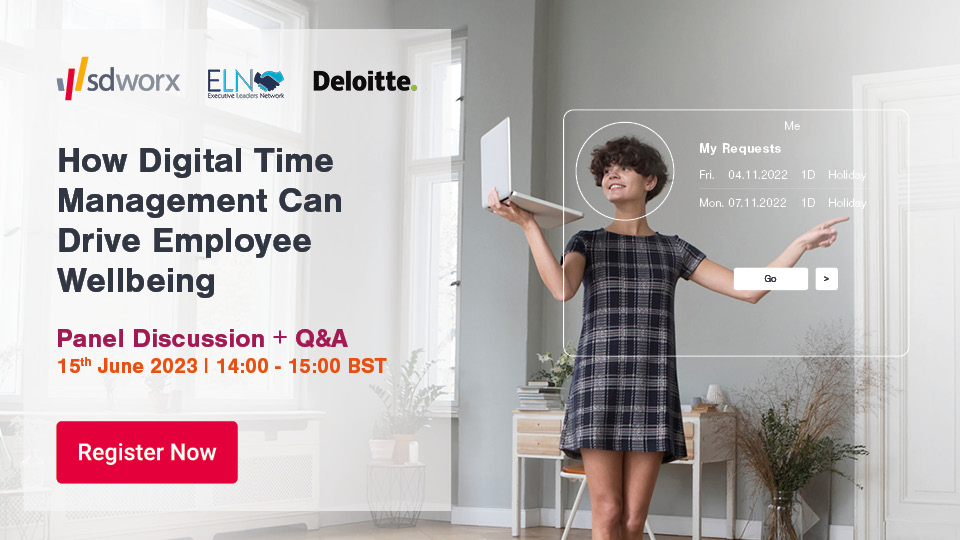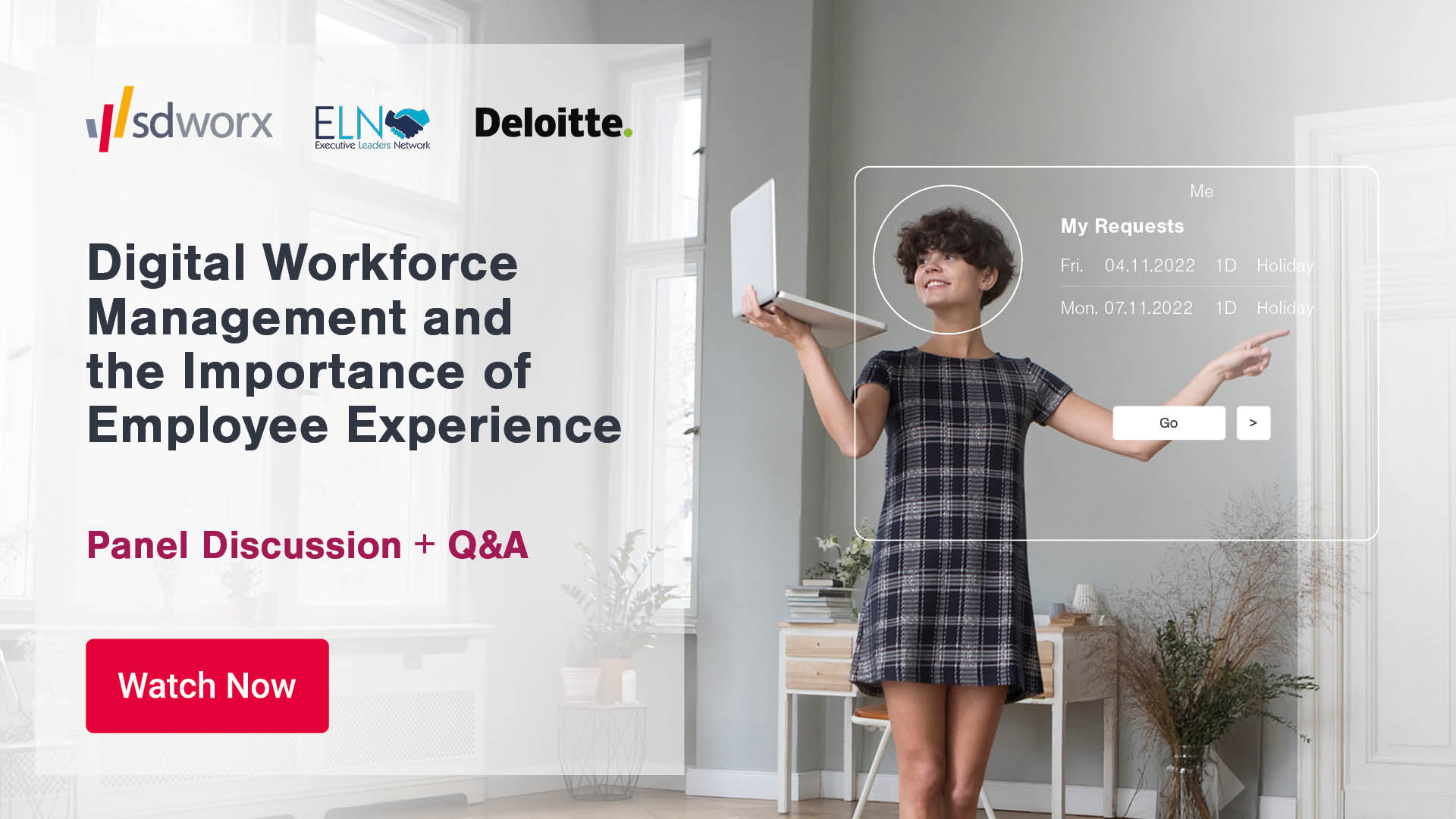
5 ways the resume is changing in modern recruitment
Before the advent of the internet, applying for jobs was a fairly straightforward process. Candidates would keep paper copies of their resume on hand, and when they found open positions, they would send a resume in the post or drop it off in person and hope for a call back about a job interview.
Now, with an incredible amount of technology infused into the recruitment process, there’s an entirely new approach to talent acquisition. The entire idea of the “resume” has been upended. People don’t necessarily have to carry around paper copies of their CVs anymore. Instead they’re using creative new strategies for showcasing themselves, including multimedia content and social networking.
According to HR Morning, both recruiters and job applicants need to prepare for “the resume of tomorrow.” In other words, they need to look beyond that simple paper list of work credentials. The news source drew upon the results of a recent study from occupational psychology firm Davitt Corporate Partners, which uncovered some fascinating data – for example, 89% of employers are now interested in watching video resumes. Laurence Hebberd of The Undercover Recruiter told the news source that it’s time to prepare for a new type of application process.
Here are five trends affecting the “resume” as we currently know it.
Social media is king!
Forget about paper resumes – according to HR Morning, social media is the new paper. Recruiters would rather click through LinkedIn profiles than pore over massive stacks of paper CVs. Many social media sites allow job seekers to highlight their skills by allowing them to:
- Upload samples of their work
- Attach links to publications they contributed to in the past
- Upload videos to presentations they took part in
- Publically post recommendations & business reference from past co-workers
This is beneficial to job seekers who want to summarise their career history into a two-page document that needs to grab a Recruiter’s attention.
As an HR/Recruitment professional, you may need to review your application process. Are you allowing potential candidates to apply to your ATS via their social media profiles? In 2015, that’s how the application process works.
YouTube is a recruiting hotbed
Video recruiting tools are becoming increasingly popular. Many applicants enjoy making YouTube content that highlights their credentials, and employers like watching them, too. Using video for job applications is a win-win proposition.
Resumes are condensing quickly
Nowadays, people like to consume content in short bursts. Take Twitter, for example – it’s easy to read because every post is 140 characters or fewer. Recruiters tend to like CV’s the same way – short, direct and to the point. Your resume should only highlight the relevant skills and accomplishments for the job that you are applying to. It does not have to include every single job you had unless you developed a particular skill an employer is looking for.
Charts and graphs replacing text
Rather than simply bore recruiters with long blocks of monotonous text, applicants are starting to use more visual elements in their resumes to show how they’re qualified for jobs. Charts and graphs are great because they break up the words and give the reader something engaging to look at. They also give a job seeker the ability to quantify their achievements rather than simply state their responsibilities. This is a critical step that allows job seekers to differentiate themselves from other applicants.
Some things remain constant…
Keep in mind that the basic rules for resumes remain the same. Double check your grammar and spelling, keep your format constant, and whether it’s on paper or online, every resume has an email address in it, and yours should look professional. A survey from Vault Inc. found that 76% of resumes are ignored if there’s an undignified email address attached to them – for example, no one wants to hire a person who writes in from “PartyBoy@domainname.com.” Take note. Bonus tip; don’t forget to include a link to your professional social media profile!

